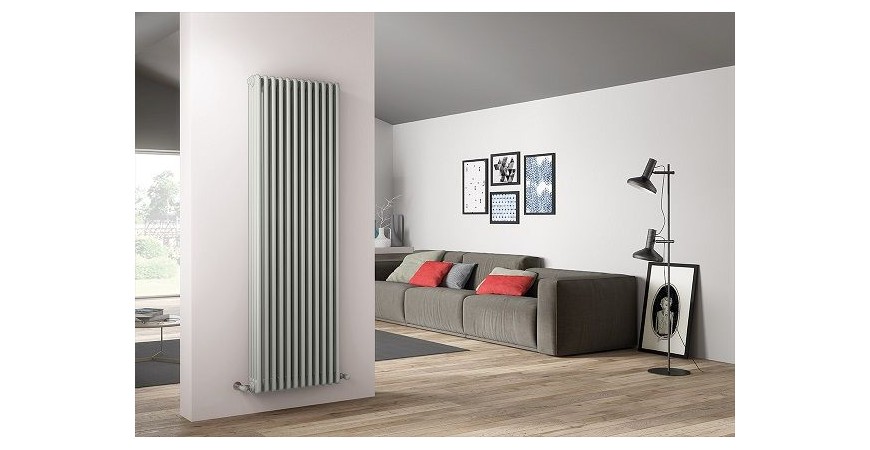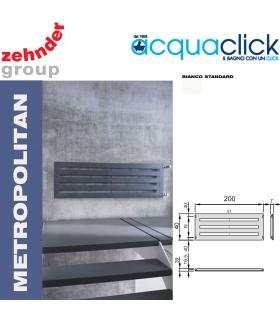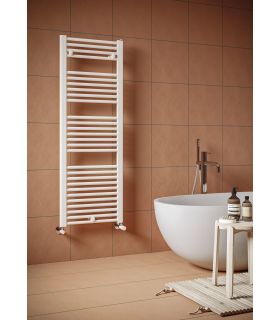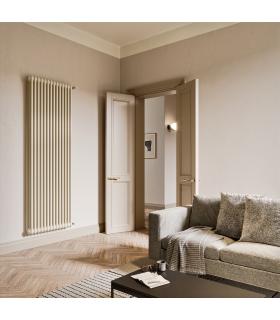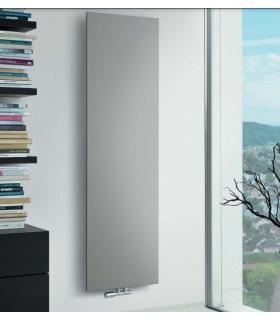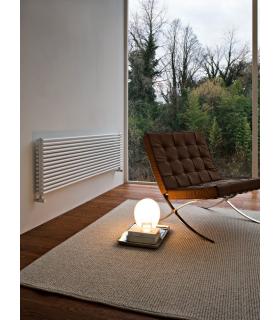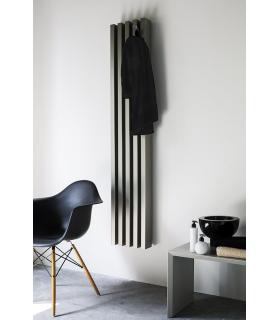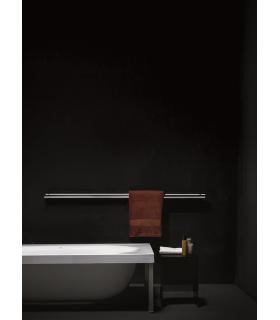What elements to evaluate when buying a radiator online. The practical guide of Acquaclick
Complete Guide to Choosing a Tubular Radiator
Choosing the right tubular radiator for your home is a crucial step to ensure maximum comfort and a design that perfectly integrates with your space. Tubular radiators, with their modern style and efficient heating capabilities, are an excellent choice. In this article, we will guide you through the essential steps for selecting the ideal tubular radiator, explaining how to take the correct measurements and providing some installation tips.
-
Why Choose Tubular Radiators? Tubular radiators are known for their elegant design and energy efficiency. They are versatile and adapt to both traditional and modern environments, offering a wide range of options in terms of size, finishes, and colors. These radiators are particularly appreciated for their ability to quickly heat spaces, ensuring optimal thermal comfort.
-
Key Considerations When Choosing Tubular Radiators When selecting a tubular radiator, it's important to consider some key factors to ensure you make the right choice:
- Heat Output (Watts): This value indicates the radiator's capacity to emit heat. The required heat output depends on the volume of the space to be heated. Generally, consider about 80-100 watts per square meter of floor area.
- Material: Tubular radiators are available in various materials, such as steel, which is very popular for its durability and quick heating capabilities.
- How to Measure for the Perfect Radiator Purchase on Acquaclick Purchasing the perfect tubular radiator on Acquaclick requires accurate measurement of the available space. Here’s how to do it:
- Room Size: The first step is to determine the volume of the room you want to heat. This will help you choose a radiator with the appropriate heat output. Measure the width, height, and depth of the room to calculate the total volume.
- Position of the Connections and Interaxle Distance: If you are replacing an old radiator, measure the distance between the existing connections, known as the interaxle distance. This is the distance between the water inlet and outlet pipes. Ensure that the new radiator has an interaxle distance compatible with your existing system.
- Available Space: Measure the space on the wall where the radiator will be installed, considering height, width, and depth. Make sure to leave enough space for air circulation around the radiator and for access to the plumbing connections.
- Structural Limitations: Consider any space limitations, such as windows, doors, or nearby furniture. It’s essential to choose a radiator that fits perfectly without obstructing other elements of the decor.
- Buying Tubular Radiators Online on Acquaclick Shopping online offers the convenience of comparing different models and prices with just a few clicks. On Acquaclick, you’ll find a wide selection of tubular element radiators, ideal for every need. Here are some tips to make the best choice:
- Read the Technical Specifications: Before purchasing, make sure to check the technical specifications of the radiator, including heat output and dimensions, to ensure the chosen model meets your needs.
- Check Customer Reviews: Customer reviews can give you a real-world view of the quality and performance of the radiator.
- Take Advantage of Offers: Acquaclick often offers promotions and discounts on various radiator models, allowing you to get the best value for money.
- Installing Tubular Radiators: Some Tips The installation of tubular radiators should be carried out by a professional to ensure safe and efficient operation. However, here are three simple tips:
- Position the radiator at an ideal height, usually 10-15 cm from the floor, to optimize heat distribution.
- Make sure the radiator is securely attached to the wall to avoid any risk of it falling.
- Connect the radiator to the heating system according to the technical specifications to avoid leaks or malfunctions.
The Radiator Dictionary
When it comes to radiators, it’s essential to understand some technical terms to make an informed choice. Here’s a quick guide to the key concepts:
- Elements: Elements are the individual sections that make up a tubular radiator. Each element is a single vertical unit that contributes to the radiator's overall heating capacity. The number of elements is directly proportional to the heat output: the more elements a radiator has, the greater its ability to heat a space. In simple terms, more sections mean more heat.
- Columns: Columns refer to the number of vertical tubes per radiator element. For example, a "2-column" radiator means each element has two parallel vertical tubes. The more columns a radiator has, the larger the heat exchange surface and, consequently, its efficiency in heating the space. In simple words, more tubes in each section mean better heating.
- Interaxle Distance: The interaxle distance is the space between the centers of the inlet and outlet connections for the radiator’s fluid. This measurement is essential, especially if you are replacing an existing radiator, as the interaxle distance of the new radiator must match that of the existing system. To measure the interaxle distance, use a measuring tape and measure the distance between the center of the water inlet pipe (where hot water enters) and the center of the return pipe (where the water exits the radiator). Simply put, it's the distance between the pipes where the water flows, and it should match the old radiator's setup for easy replacement.
.png)


